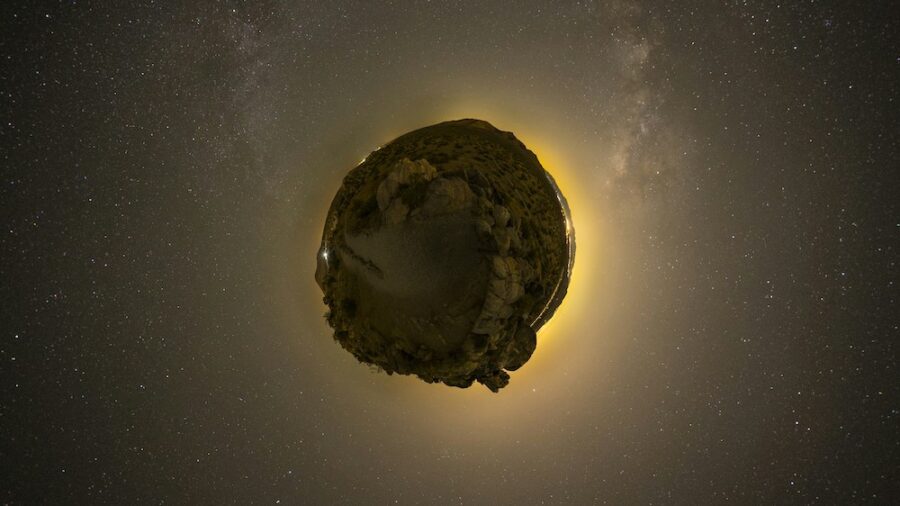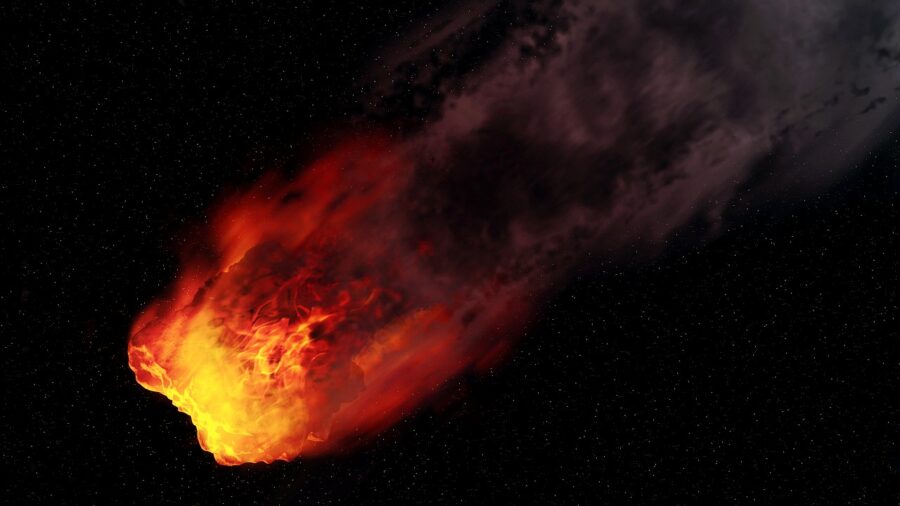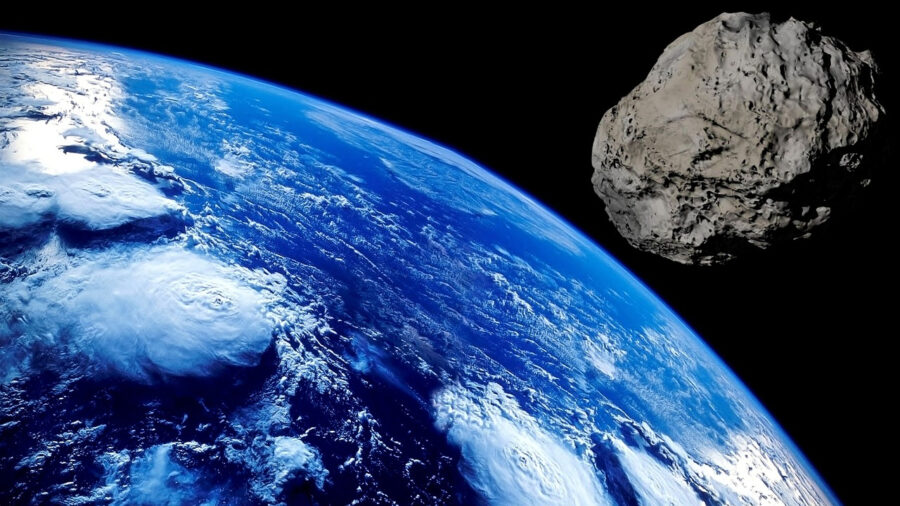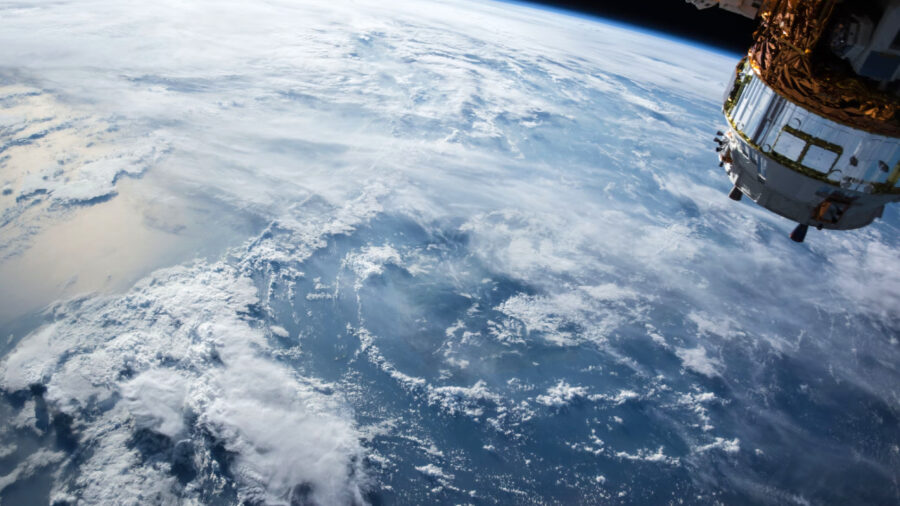Hazardous Asteroid Passes Dangerously Close To Earth

On September 17, a “potentially hazardous” asteroid will pass by Earth just a couple hundred thousand miles away. Designated 2024 ON, the asteroid, which is estimated to be between 721 and 1,575 feet in diameter, will be traveling at 19,842 miles per hour when it brushes right past our planet, coming within a measly 620,000 miles of us.
Okay, maybe that isn’t close enough to have people running around and desperately checking off items on their bucket lists, but in the grand scheme of our massive universe, 620,000 miles is an extremely close call.
A Massive Asteroid

With the size of a slightly larger-than-average skyscraper, 2024 ON is somewhat of a far cry from being considered a world-ending asteroid, but that doesn’t mean it wouldn’t be capable of a mass destruction event.
In 2013, a meteor with a diameter of 59 feet exploded about 19 miles above the city of Chelyabinsk, Russia, injuring just under 1,500 people and causing $33 million in property damage, mainly caused by the shock wave from the explosion.
It is reported that the atmospheric impact was equivalent to 400 to 500 kilotons of TNT, or 26 to 33 times the amount of energy that was released in the city of Hiroshima following the detonation of the atomic bomb.
Could Cause Catastrophic Damage

With a size that is 12 to 26 times the size of the Chelyabinsk meteor, 2024 ON would likely cause catastrophic damage that would greatly alter the surface of the planet, making it a “potentially hazardous” object.
According to NASA, a “near-Earth object” is any space object within 120 million miles of Earth, while any large object within 4.65 million miles of the planet is labeled as “potentially hazardous,” making 2024 ON one of the 17 current “potentially hazardous” asteroids that could prove to be potential threats within the next 100 years.
Monitoring The Asteroid Catalog

In 2002, NASA developed Sentry, an automated impact prediction system, to better understand the likelihood of “potentially hazardous” asteroids. Sentry is operated by the Center for Near Earth Object Studies (CNEOS) at NASA’s Jet Propulsion Laboratory in California.
The system is designed to continually monitor the asteroid catalog for possibilities of future impacts with Earth over the next 100 years.
Sentry Risk Table

According to the Sentry Risk Table, a list that indicates “potentially hazardous” asteroids that have greater than a .02% chance of impacting the Earth, there are just 14 known asteroids above 2 meters in diameter that could strike our planet by 2104.
Currently listed as the asteroid with the highest probability of impacting the Earth, 2010 RF12 has been given a one in 10 chance of hitting the planet with a potential impact date of September 5, 2095. At roughly 23 feet in diameter, 2010 RF12 is under half the size of the Chelyabinsk meteor.
Earth Can Rest Easy, For Now

As 2024 ON safely passes by Earth on September 17, the 620,000 miles between us and the asteroid is a stark reminder that despite the size of our universe, a “potentially hazardous” event could always be right around the corner.
But for now, we can all rest easy knowing that we’ll always have at least a warning of a hundred years before freaking out.
Source: NASA Jet Propulsion Laboratory












